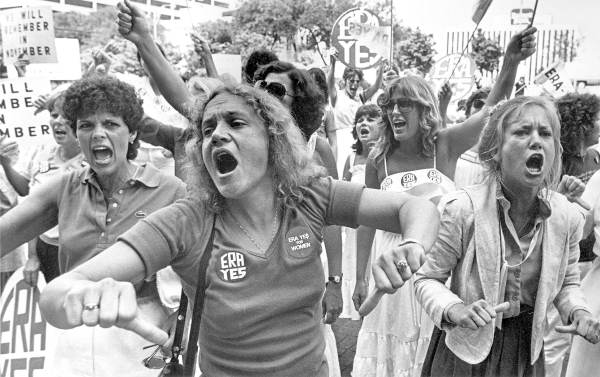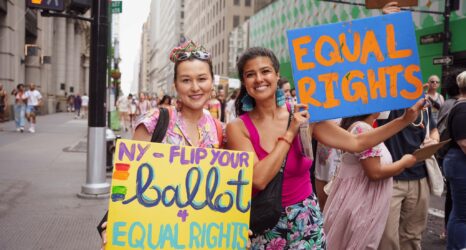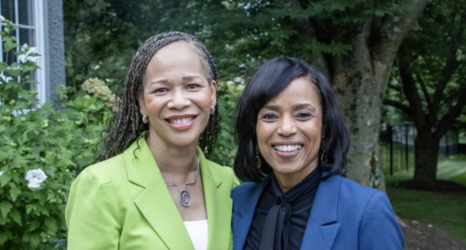Did you know that women and men are not equal according to the highest law of the land? If you didn’t, you’re not alone.

The hundredth anniversary of the Nineteenth Amendment giving women the right to vote will be celebrated next year. What many Americans don’t know about the Amendment is that it only gave women the vote, but it did not give us equal rights. For many women in the 1920s, having the right to vote was one thing; many had to get permission from their husbands in order to use it. And of course, the white women suffragists who fought a long and often life-threatening battle to get that right, didn’t include women of color in their petitions and didn’t live long enough themselves to actually cast a vote.
After women fought for and won the vote, Alice Paul, one of the suffragists who believed the Nineteenth Amendment didn’t go far enough, began organizing and leading protests and hunger strikes in Washington in support of an Equal Rights Amendment, the ERA.
That was 1923, and there is still no ERA in the U.S. Constitution.
If you know the history of this struggle, you know that the ERA was passed by Congress in 1972. But in order for an amendment to become part of the Constitution, it needs three-fourths of the states to ratify it, and that hasn’t happened. The ratification stalled at 35 states in 1982 and remained stuck until 2017, when Nevada became the 36th state to ratify, and in 2018, Illinois became the 37th.
Thirty-eight states are needed. In the past few months, several state legislatures, including those in Virginia, Arizona, Delaware and my home state of Georgia, have been debating whether to become the final state to ratify the ERA. Earlier this year in Virginia, supporters of the ERA lost by only one vote.
Jessica Neuwirth, co-founder of the ERA Coalition and author of Equal Means Equal, says that although it’s true many laws have been passed in the last century to protect the rights and equality of women, the ERA is still necessary and would make an immediate difference for women.
“Gender-based violence is the best case for [ratifying] the ERA,” she told me, “because it would give women recourse they don’t currently have to federal courts in domestic violence and sexual harassment cases.” It would also guard against pregnancy and motherhood discrimination and other forms of sex discrimination at work, such as making equal pay a federal requirement.
Gail Buckner, co-chair of 38 Agree for Georgia, agrees. “The equal protection clause that RBG used as the basis for many of her court cases in the 1970s and 1980s has to be interpreted by jurists to include women,” she reminded me, “because nowhere in the Constitution is it explicitly stated.”
But right now, in spite of Justice Ginsberg’s lifetime of work, the efforts of state committees in the unratified states, and the commitment of millions of American women and men who have not given up this fight, we don’t have equal citizenship or rights. That matters everywhere, and in every aspect of work and life.
This month, the National Portrait Gallery opened an exhibition celebrating the accomplishments of the brave women who put their lives on the line for a right that is still denied women in some countries—the right to vote. All this month, we will be celebrating women’s history.
Georgia can make history by being the final state to ratify the ERA. My hope is that Georgia lawmakers will make it possible to also celebrate that all women in the U.S. have equality under the law—equality guaranteed by the document that is the touchstone of our democracy.
It’s time, don’t you think?
This piece originally appeared on Pat Mitchell’s blog. Republished with permission.





